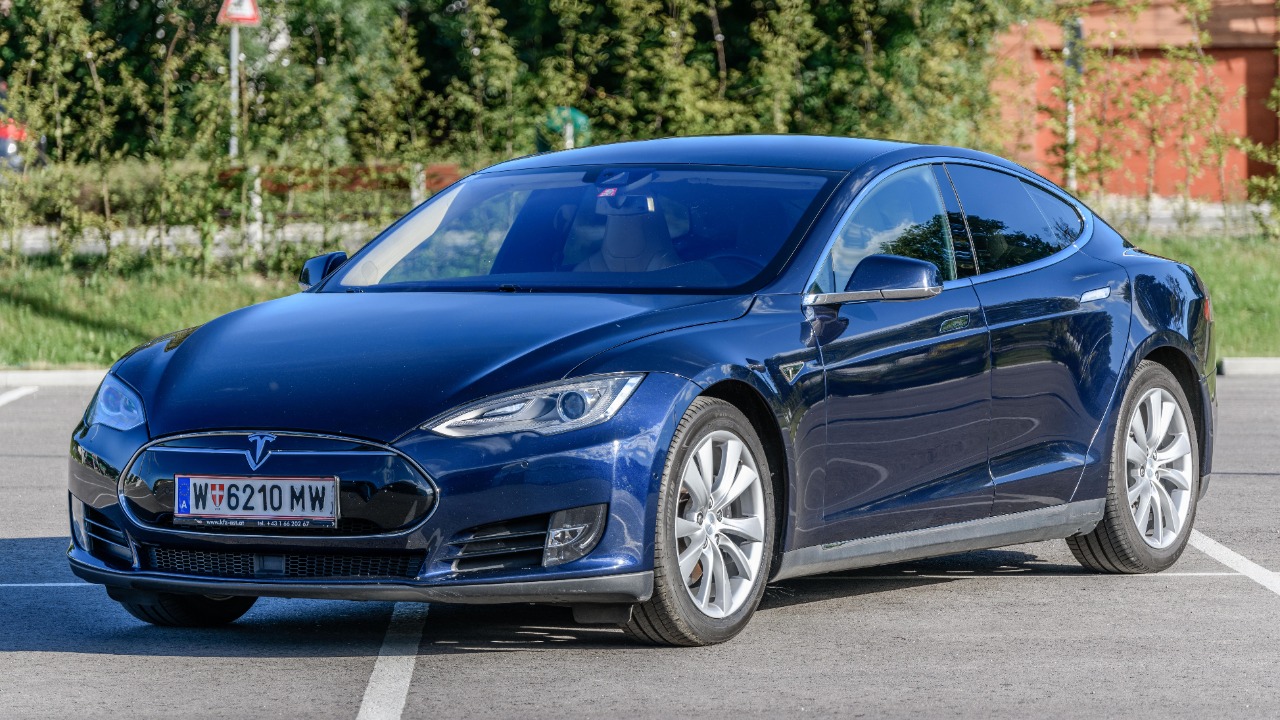
In the ever-evolving world of car insurance, certain vehicles are becoming less favorable in the eyes of insurers. From high-performance sports cars to older models with poor crash test results, these vehicles face increased premiums, or even outright insurance denials. Understanding which cars are on the chopping block can help buyers make informed decisions.
1. High-Performance Sports Cars
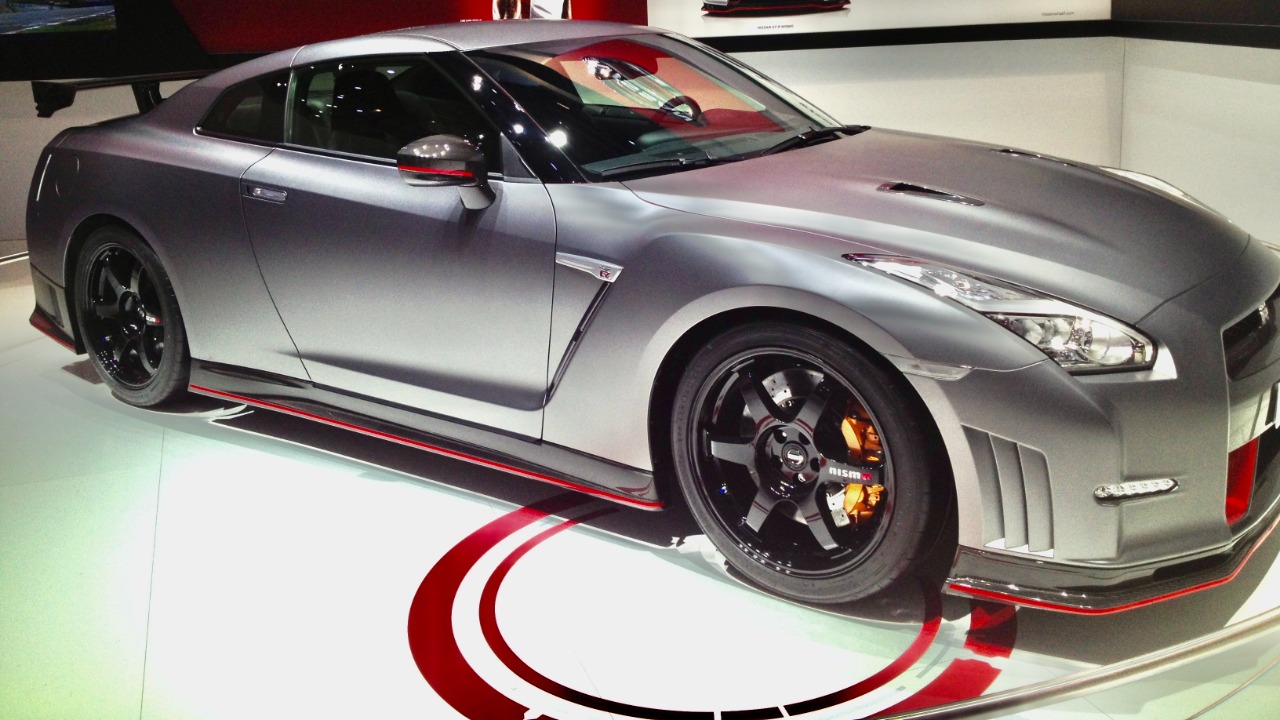
High-performance sports cars, like the Nissan GT-R and the Chevrolet Corvette, are often targeted by insurance companies due to their potential for high-speed accidents. These cars boast powerful engines and sleek designs that can tempt drivers to push limits, increasing the likelihood of accidents. Insurers are wary, often charging higher premiums or refusing coverage altogether for these thrill-seekers.
2. Luxury Vehicles with High Repair Costs

Luxury vehicles like the Mercedes-Benz S-Class and the BMW 7 Series come with high repair costs that make them less attractive to insurers. The specialized parts and advanced technology in these cars can lead to expensive repairs, making insurers hesitant to offer coverage. These repair costs often translate into higher premiums, deterring potential buyers.
3. Electric Cars with Unproven Safety Records

While electric cars are gaining popularity, certain models face scrutiny due to unproven safety records. Early models like the Tesla Model S had instances of battery fires and software glitches, prompting insurers to be cautious. As manufacturers work to improve safety standards, insurance companies remain wary, often charging higher rates for these innovative vehicles.
4. Older Models with Poor Crash Test Results
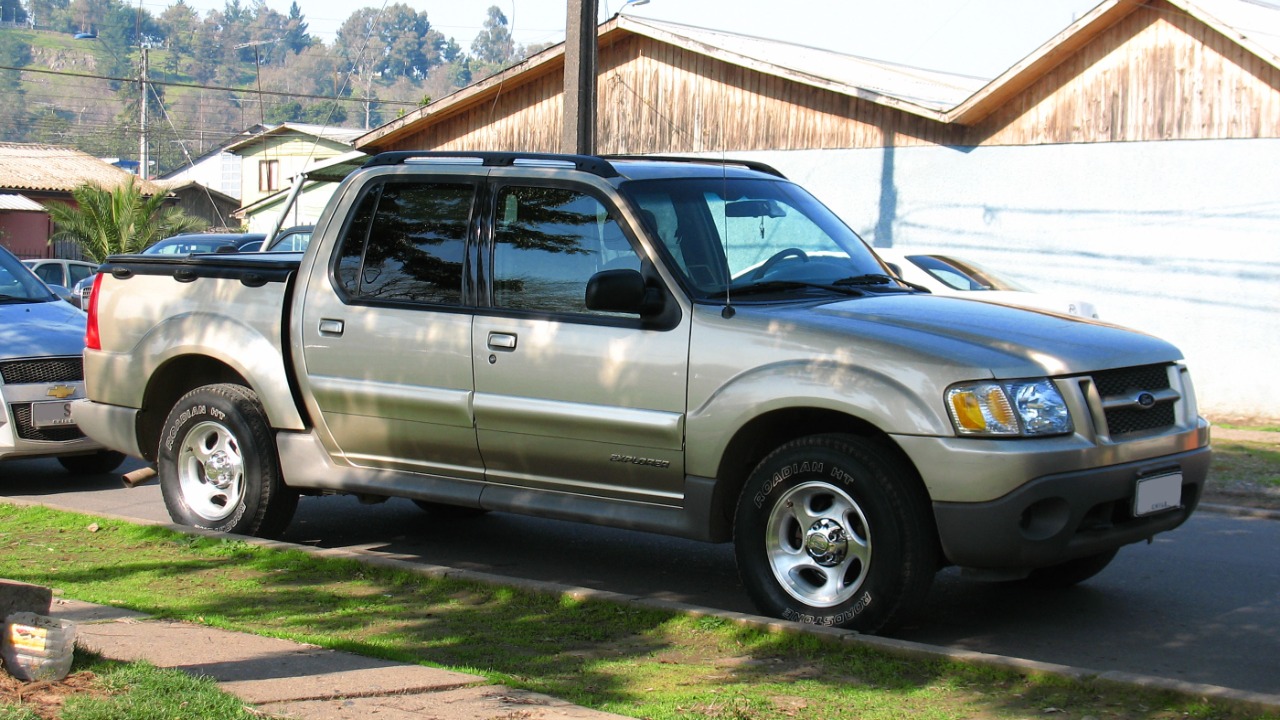
Older models with poor crash test results, such as the 2001 Ford Explorer, are often blacklisted by insurers. These vehicles may lack modern safety features, making them more prone to accidents and severe injuries. As a result, insurance companies are reluctant to cover these models, or they may impose higher premiums to offset potential risks.
5. Imported Cars with Limited Parts Availability
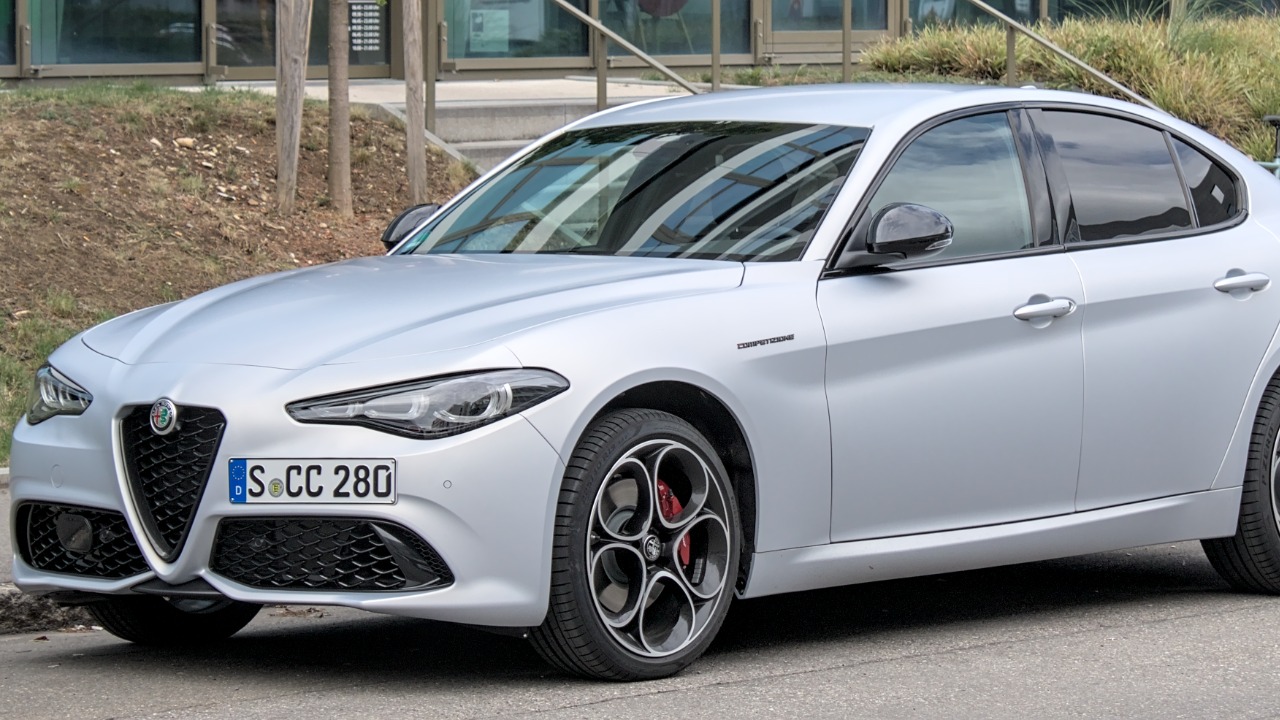
Imported cars, like certain Alfa Romeo and Fiat models, can be challenging to insure due to limited parts availability. Obtaining replacement parts for these vehicles can be time-consuming and costly, leading insurers to charge higher premiums. The uncertainty of repair timelines further complicates the situation, making these cars less attractive from an insurance standpoint.
6. SUVs Prone to Rollovers
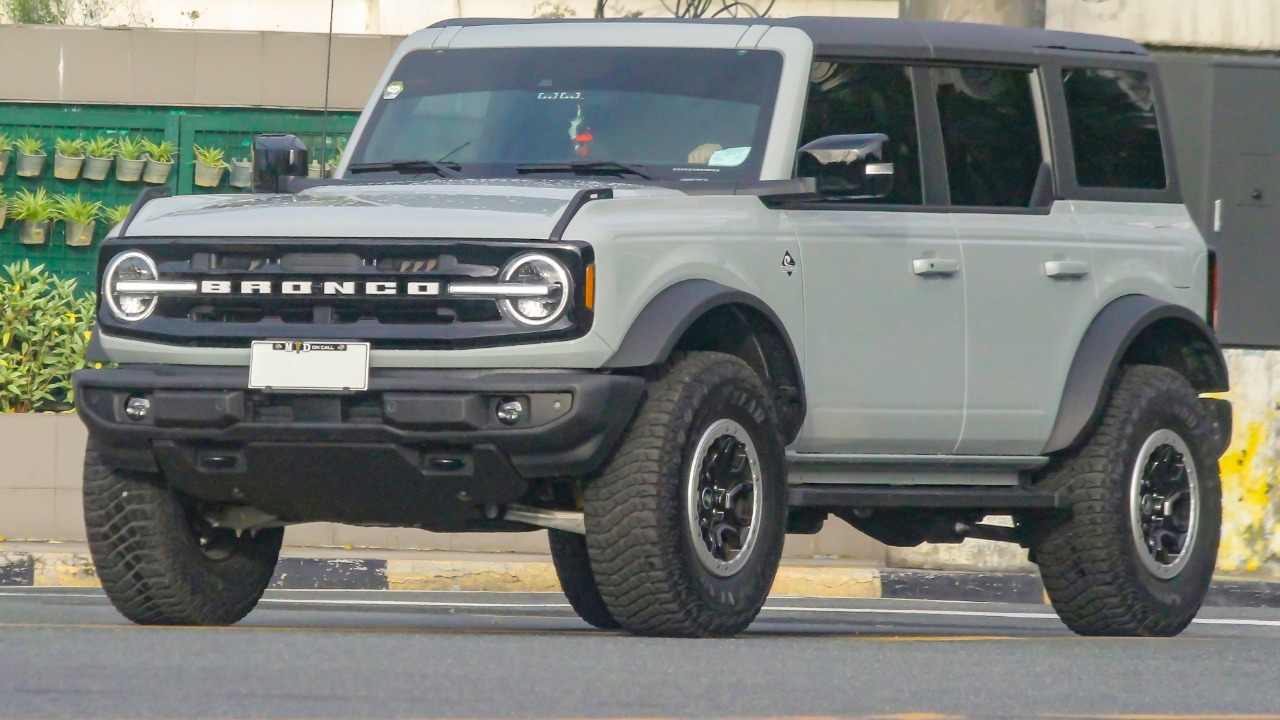
SUVs with a higher risk of rollovers, such as the Ford Bronco, face scrutiny from insurers due to their top-heavy design. These vehicles have a higher center of gravity, making them more susceptible to rollovers in sudden maneuvers or collisions. Insurance companies are cautious, often raising premiums or denying coverage for these models to mitigate potential risks.